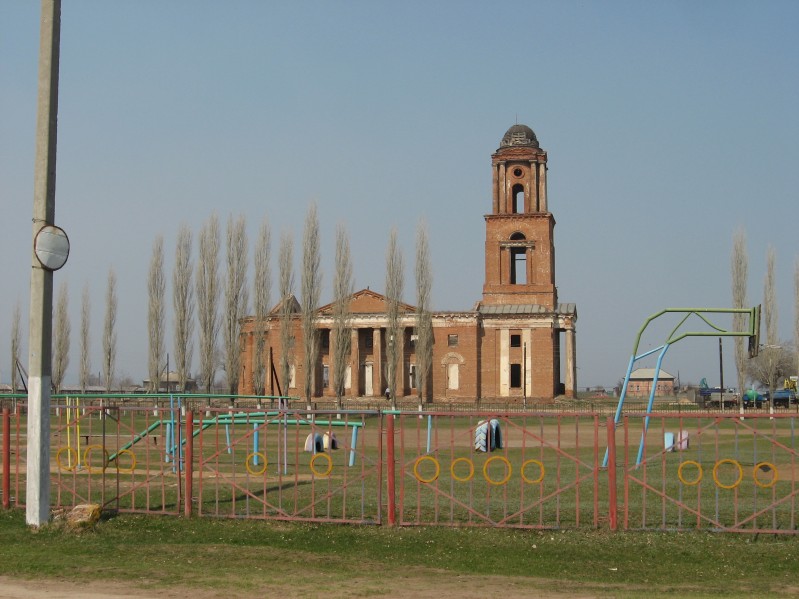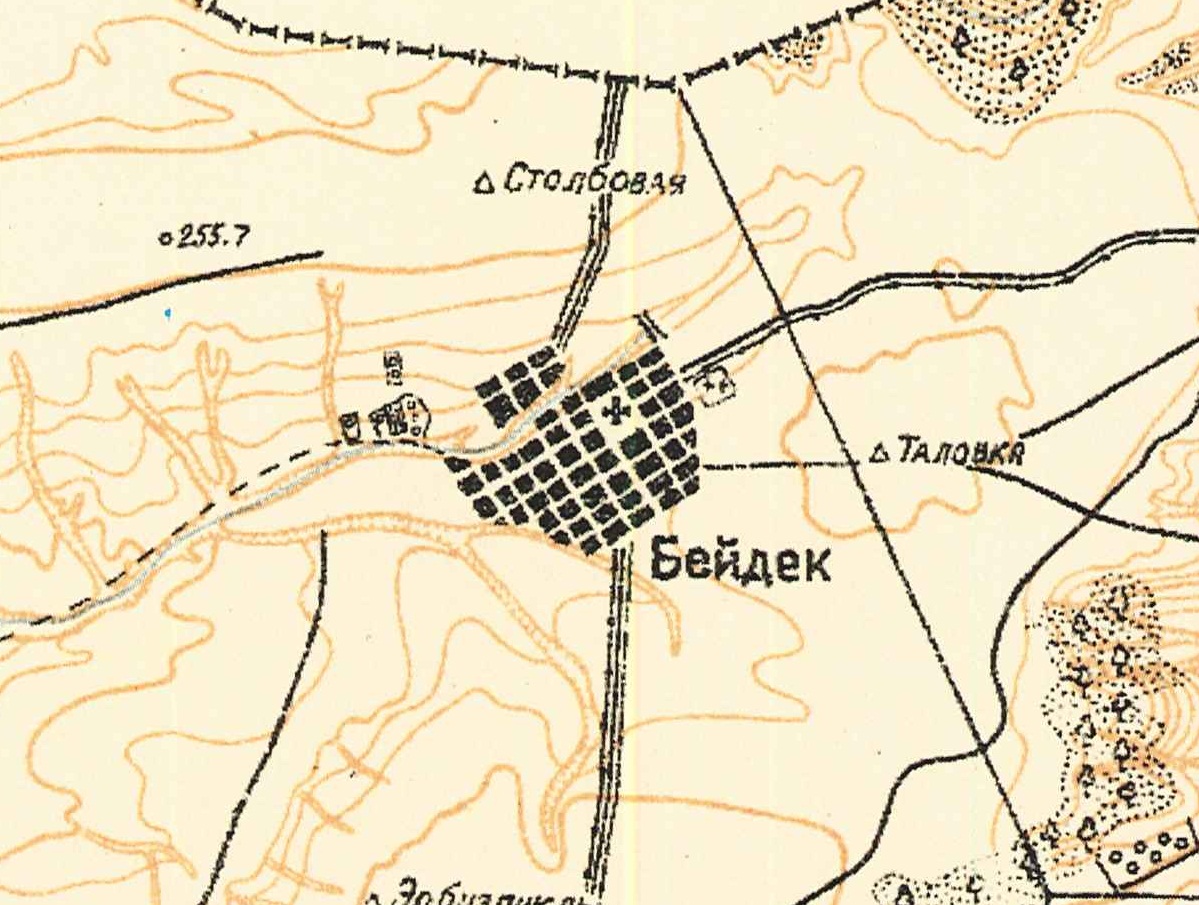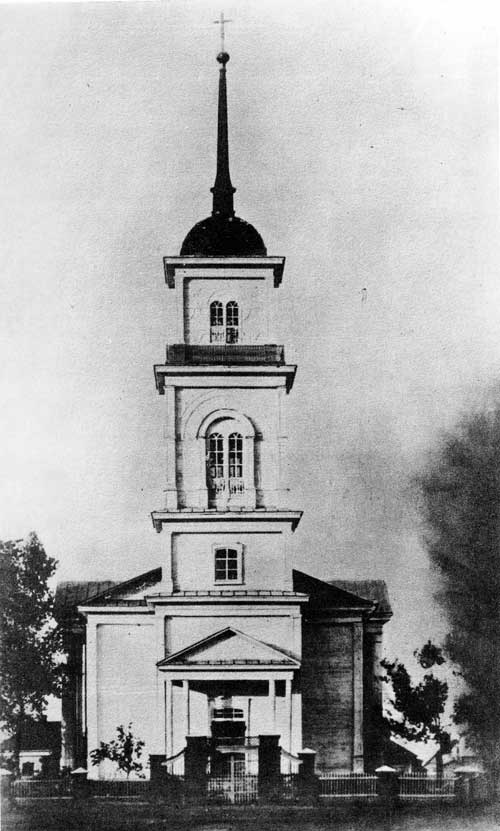| Понедельник 06.05.2024 13:43 |
Приветствую Вас Гость Главная | Регистрация | Вход | RSS |
|||||||||||||||||||||||||||||||||||||||||||||||||||||||||||||||||||||||||||||||||||||||||||||||||||||||||||||||||||||||||||||||||||||||||||||||||||||||||||||||||||||||||||||||||||||||||||||||||||||||||||||||||||||||||||||||||||||||||||||||||||||||||||||||||||||||||||||||||||||||||||||||||||||||||||||||||||||||||||||||||||||||||||||||||||||||||||||||||||||
|
По следам моих предковДругие колонии/ сёла моих предков.Варенбург/ Привальное - колония/село, основанное колонистами вызывателя Le Roy 1.05.1767 года. В эту колонию прибыл один из главных моих предков Johann Wilhelm Steinhauer. Отсюда родом ряд моих предков.  Лютеранская церковь в Варенбурге. Settlements along the Volga > Original Colonies > Warenburg
Warenburg
Names
Privalnaja, Privalnaya, Priwalnoje, Privalnoye, Privolnoye, Warenburg
Location
50º56' N 46º05' E
History
Warenburg was founded as a Lutheran colony on 12
May 1767 by LeRoy & Pictet with colonists from Darmstadt,
Brandenburg, Prussia, Württemberg, and Holstein.
In 1770, Warenburg was looted during the Pugachev raids on the area. In 1876, immigration to North American began with the departure of 17 people. A Congress of representatives from the colonies on the Wiesenseite was held in Warenburg 24-27 February 1918. From 4-8 January 1919, there was an anti-Bolshevik uprising held in Warenburg against the government's requisitioning of food. Church
The Warenburg parish was founded in 1770. Between
1905-1907, a new church building was constructed of brick by architects
and artisans from Germany and Latvia. It was built in the Kontor Style,
originally painted completely white on the exterior, and is said to have
seated 1,200 worshipers. The interior was painted white and blue. Above
the altar in gilded letters was written "Ehre Gott in der Hohe" ("Glory
to God in the Highest"). A balcony held a magnificent organ, and three
crystal chandeliers hung from the dome above the sanctuary. The church
was heated by three cast-iron furnaces. Around the church was a park.
After the closure of the church in 1932, the building was used as a community entertainment center. The gilded praise to God was replaced by a red-lettered "Die Buhne ist der Spiegel des Lebens" ("The Stage Mirrors Life"). The furnaces broke and were removed. In 1939, the building was abandoned. In 1943, the building was used as a prison workshop and the prisoners worked on tractors beneath the dome. Pastors
The congregation in Warenburg was served by the following pastors:
1785-1788 Friedrich Konrad Strengel
1797-1825 Bernhard Wilhelm Litfass 1826-1833 Friedrich August Wilhelm Schrötter 1834-1883 Franz Karl Hölz 1891-1891 Karl Julius Hölz 1883-1909 Karl Leopold Hölz 1909-1918 Eduard Seib 1909-1912 Andreas Gorne 1929-1931 Herbert Julius Günther "Miller" School
The descendants of Heinrich Müller who had settled
in Warenburg from near Darmstadt in Hesse became prominent merchants
among the Volga German colonies. Over time, some branches of this family
set up businesses in other parts of Russia as well. The community was
in need of a school building, and in 1909 the ancestral home of the
Müller family was acquired to serve this purpose. To this day, this
building still functions as a school and is known as the Miller School.
Population
**Of which 1,005 households were German. ***Of whom 4,795 (2,269 male & 2,526 female) were German living in 841 households. ****Of whom 5,170 were German. Beideck.  Beideck church in 2001 used as a "house of culture". Photo courtesy of Steve Schreiber.  Settlements along the Volga > Original Colonies > Beideck
Beideck
Names
Baideck, Beideck, Luganskaya, Luganskoye, Talovka, Talowka
Location
51º10' N 45º40' E
History
Beideck was founded on 10 August 1764 by the Government as a
Lutheran colony by 76 families from the areas of Isenburg, Darmstadt,
and Hanau. The colony was named after its first leader. By executive
decree, it was given the Russian name of Talovka on 26 February 1768.
The Lutheran magazine Friedensbote was published in Beideck frorm 1885-1915. A home for the elderly (called "Bethany") was founded there in 1891. An orphanage (called "Nazareth") was founded there in 1895. After 1941, this village was called Luganskoye. Church
The parish in Beideck was founded in 1767. It served as the
lead congregation for 11 area parishes, and was the residence of the
pastor. A stone church was built in 1846 and a new one was constructed
in 1907. That building still stands, but it has been used as a civic
center since the early Soviet days.
Pastors
The Lutheran parish in Beideck was served by the following pastors:
1767-1770 Georg Christian Seyer 1771-1778 Laurentius Ahlbaum 1793-1820 Johann Martin Otto 1821-1828 Lukas Cattaneo 1828-1828 Heinrich Köpke 1830-1836 Alexander Haken 1836-1850 Christian Gottlieb Hegele 1852-1858 Karl Dönhoff 1859-1880 Felician Joseph Dittrich 1883-1901 Hugo Julius Günther 1887-1888 Liborius Behning 1890-1892 Gotthold Eduard Hahn 1895-? Johann Georg Schwartz 1896-? Johann Romann 1900-1903 Eduard Seib 1901-1905 Johannes Nikolaus Blum 1908-1910 Waldimir Thumin 1918-1929 Herbert Julius Günther
The following pastors are "sons" of the congregation: Population
**Of whom 3,824 were German. ***Of which 584 households were German. ****Of whom 701 households (4,123 individuals: 1,994 male & 2,129 female) were German. *****Of whom 4,266 were German. Straub.  Map showing Straub (1935).  Straub Lutheran church built in 1875. Source: Heimatbuch der Deutschen aus Rußland, 1972. Settlements along the Volga > Original Colonies > Straub
Straub
Names
Skatovka, Skatowka, Straub, Wiesental
Location
50º58' N 46º06' E
History
Straub was founded as a Lutheran colony on 12 May 1767 by LeRoy & Pictet.
Church
The congregation in Straub was part of the Warenburg Lutheran Parish which had been established in 1770. A new church was constructed in 1875 in the Kontor style.
Pastors
The congregation in Straub was served by the following pastors:
Population
**Of which 454 households were German. ***Of whom 1,844 were German (347 households: 850 male & 994 female). |
|||||||||||||||||||||||||||||||||||||||||||||||||||||||||||||||||||||||||||||||||||||||||||||||||||||||||||||||||||||||||||||||||||||||||||||||||||||||||||||||||||||||||||||||||||||||||||||||||||||||||||||||||||||||||||||||||||||||||||||||||||||||||||||||||||||||||||||||||||||||||||||||||||||||||||||||||||||||||||||||||||||||||||||||||||||||||||||||||||||
| Copyright MyCorp © 2024 | Создать бесплатный сайт с uCoz |